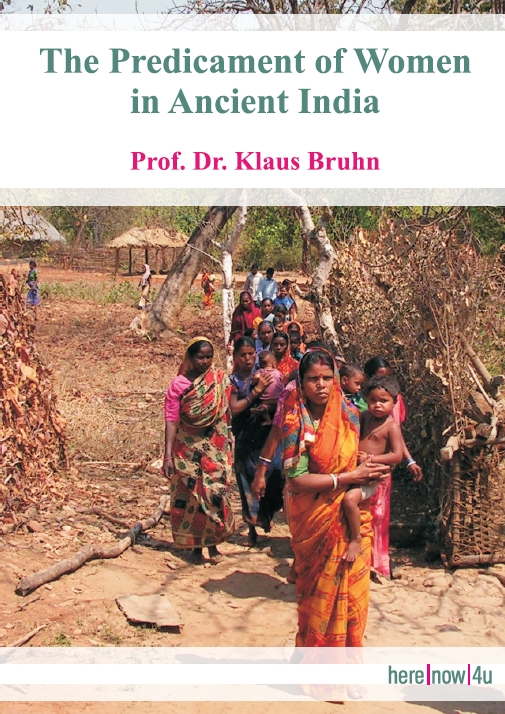Rama's wife Sita has been abducted by the demon king Ravana. After a long succession of adventures, ending with the killing of Ravana, Rama gives order that Sita (then still kept in the harem of Ravana) should appear before him. Sita is a model of chastity and loyalty, and Rama was driven to despair when she had been abducted, but at this crucial moment he has suddenly lost all interest in Sita: He has liberated Sita only to preserve his good name; he is no longer concerned with her; he does not hasten to see her (and to frighten the she-demons in Ravana's harem away). Now follows the description of the meeting between Rama and Sita, and of Sita's repudiation (see § 8.5). As a consequence of the repudiation, Sita asks Rama's brother (Lakshmana) to prepare a pyre and to light it (ordeal). She jumps into the fire, but soon the god of fire (Agni) emerges in person from the flames and attests to her purity. The God Agni hands Sita over to Rama who now declares that he had never doubted her virtue.
Nor is this the end of the matter. Some time after Rama had returned with Sita from the campaign against Ravana to his residence in Ayodhya (Northern India), there were rumours in the population that Sita could not possibly have remained chaste while in the hands of Ravana. Her presence as wife of Rama might now have an adverse effect on the general state of morals. Rama sends Sita to the hermitage of Valmiki (alleged author of the Ramayana) near the border of the empire. Sita knows the reason but remains calm and composed. Later on Rama celebrates a great sacrifice. Sita and Valmiki are present. Valmiki testifies to Sita's innocence, and Rama declares that he is convinced. Sita for her part takes an oath: She is innocent, the Goddess Earth may receive her. The Goddess appears, embraces Sita and disappears with her in the earth. Rama is now driven to despair: The goddess should return Sita; but Sita does not come back. Rama for his part does not marry again. For his sacrifices he uses a golden likeness of Sita. His conduct is a rare symbol of monogamy (§ 9.2).
Rama's twofold (!) rejection of his wife Sita is unexplained. The double motif belongs to the core of the Ramayana. It cannot be explained away as a later accretion (in a time when morals had indeed become very strict). Students of sexual crimes will suggest that Ravana wanted to humiliate Rama and his family by violating Sita (SYED To 151, footnote 39). Such an argument could perhaps explain the twofold rejection (intensified annulment of the harassment by Ravana) --. BROCKINGTON: 431; RUBEN: 339-348.
 Prof. Dr. Klaus Bruhn
Prof. Dr. Klaus Bruhn
 Title Photo Background:
Title Photo Background: